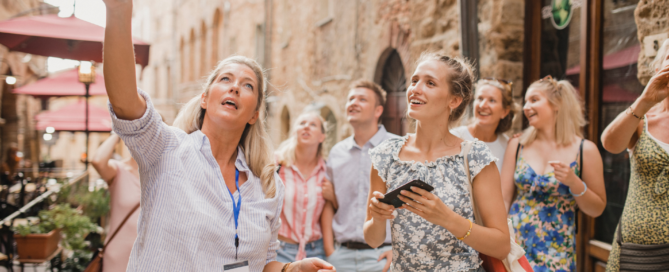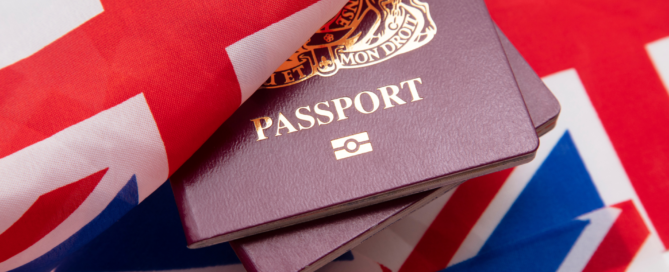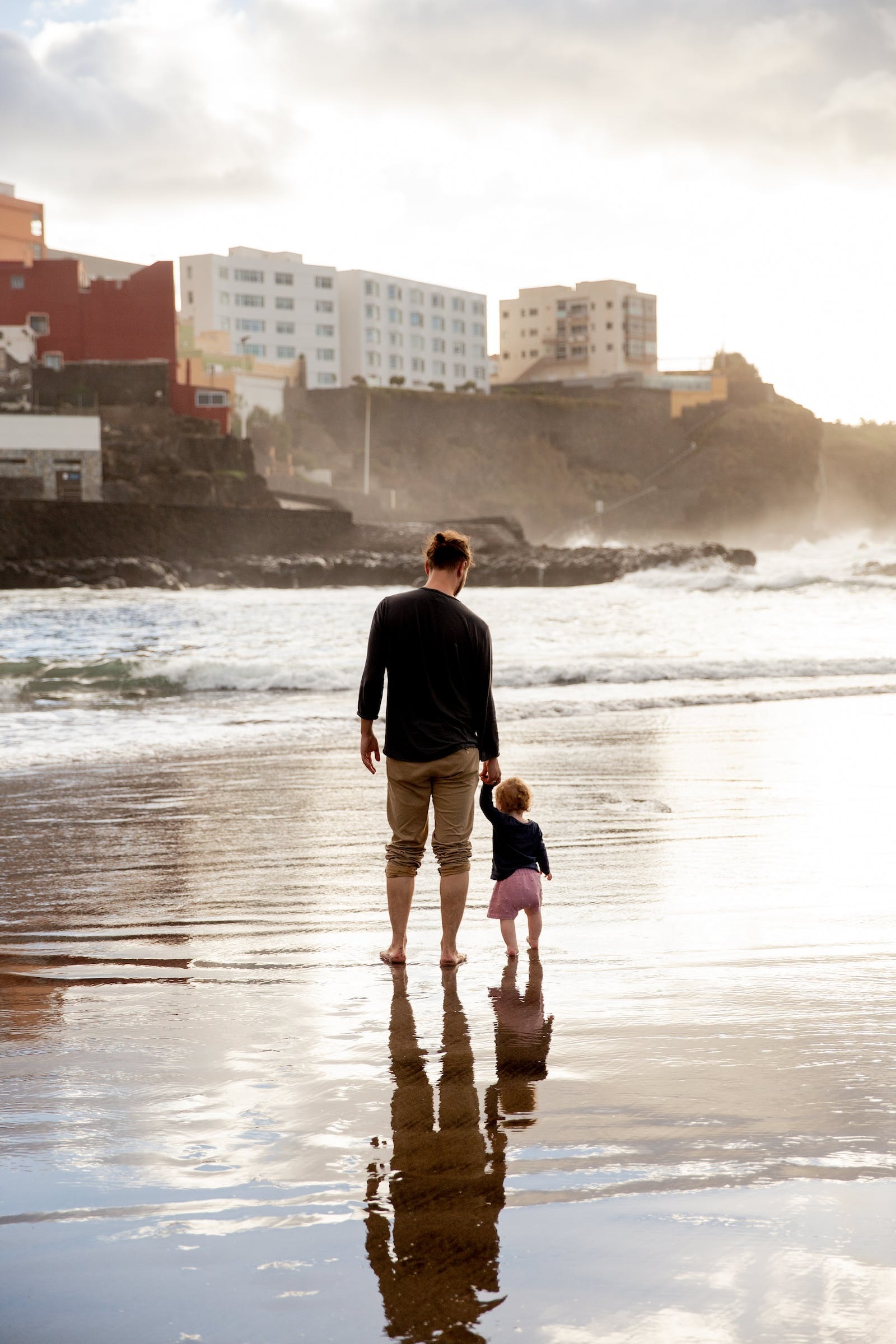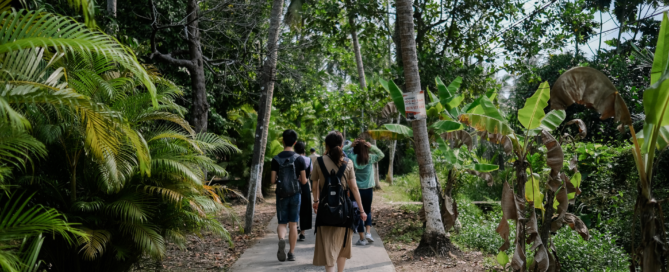Travel Together: How Group Tours Foster Camaraderie and Connection
Ever thought about ditching the solo act and joining forces with a bunch of kindred spirits to explore the world? If you’re nodding your head or even just a tad curious, you’ve stumbled upon the perfect read. Today, we’re diving headfirst into the vibrant world of group tours and uncovering the secret sauce that makes them so darn special. Buckle up, because we’re in for a ride filled with camaraderie, connection, and unforgettable adventures!
The Bonding Bonanza: Shared Experiences FTW
Let’s talk about those moments that make your heart skip a beat and your soul do a little happy dance. Picture this: You’re cruising through the cobblestone streets of an ancient city, soaking in the sights, sounds, and smells that make it oh-so-unique. Now, imagine sharing that magical moment with a bunch of fellow explorers who are just as stoked as you are. That’s the beauty of group tours, such as this South East Asia group tour – they turn solo adventures into shared escapades brimming with laughter, awe, and the occasional “pinch me, I must be dreaming” moments.
Breaking Down Walls, One Adventure at a Time
Whoever said “good fences make good neighbors” clearly never went on a group tour. One of the coolest things about traveling in a pack is how it smashes through cultural barriers like a wrecking ball of friendship. Whether you’re swapping stories with a local artisan, busting out your best dance moves at a traditional fiesta, or simply sharing a meal with newfound friends, each interaction becomes a building block in the bridge of global understanding. It’s like a crash course in humanity, minus the boring textbooks and pop quizzes.
Safety in Numbers: Because Adventure Shouldn’t Come with a Side of Stress
Let’s address the elephant in the room: Traveling solo can be scary AF. From navigating labyrinthine streets to dodging tourist traps, it’s easy to feel like a lost puppy in a sea of unfamiliar faces. But fear not, intrepid traveler, for group tours are here to save the day! With a seasoned guide leading the charge and a squad of fellow adventurers watching your back, you can bid adieu to anxiety and hello to epic adventures without breaking a sweat. Think of it as having your own personal cheer squad, minus the pom-poms and cheesy chants (unless you’re into that sort of thing).
Making Memories: The Stuff That Dreams Are Made Of
Close your eyes and think back to your favorite childhood memory. Got it? Now imagine creating a whole treasure trove of new memories that are just as epic, only this time with a bunch of awesome humans by your side. Probably, some of them would have shared hobbies or common interests with you, like hiking or bungee jumping or even bonding over your favorite celebrity. If you can travel together to attend one of your idol’s concerts, then that would be great. Unfortunately, that opportunity might not be present every time. The next best alternative would be to go up close and personal with them vis-a-vis their homes. In other words, there are official tours that take people around, showcasing a bunch of celebrity homes. This is a great way for your fellow adventurers and you to build a memorable experience and make a long lasting connection with each other. Not to mention, it’s also a cherishing moment as all of you will get to bond over your favorite celebrity and maybe, even become friends as well. So, if you plan to travel to California as part of a group, then it might be a good idea to take an official tour of Beverly Hills’ most stunning homes, especially if your idol happens to live in that secluded area.
At the end of the day, whether you’re scaling towering peaks, sampling exotic street food, or simply swapping travel tales under a blanket of stars, every moment spent on a group tour is a chapter in the book of your life story. And trust me, it’s gonna be a page-turner.
Top Tips for Group Tour Success
- Embrace the Weird and Wonderful – Travel is all about stepping outside your comfort zone and embracing the unexpected. So go ahead, try that funky-looking street food or bust out your best dance moves – you never know what magic awaits!
- Be Open to Connection – Strike up a conversation with your fellow travelers and watch the sparks fly. You never know, your new BFF might just be a “hello” away.
- Pack Your Sense of Adventure – Leave your worries at the door and pack your sense of adventure instead. After all, the best stories often start with the words “I never thought I’d…”
- Document, but Don’t Distract – While it’s tempting to document every moment for the ‘gram, don’t forget to put down the camera and soak in the experience with your own two eyes. Trust me, the memories will be even sweeter.
- Stay Flexible – Sometimes, the best adventures happen when you least expect them. So stay flexible, roll with the punches, and let the journey unfold as it may.
In Conclusion: Why Go It Alone When You Can Go Together?
Solo travel has its perks, but there’s something undeniably magical about exploring the world with a crew of fellow adventurers by your side. From shared experiences and cultural exchanges to forming lifelong friendships, the bonds forged on a group tour are as priceless as the destinations themselves. So what are you waiting for? Grab your backpack, round up your squad, and get ready for the adventure of a lifetime. After all, the world is meant to be explored – and it’s even better when you travel together. ğŸŒâœˆï¸










